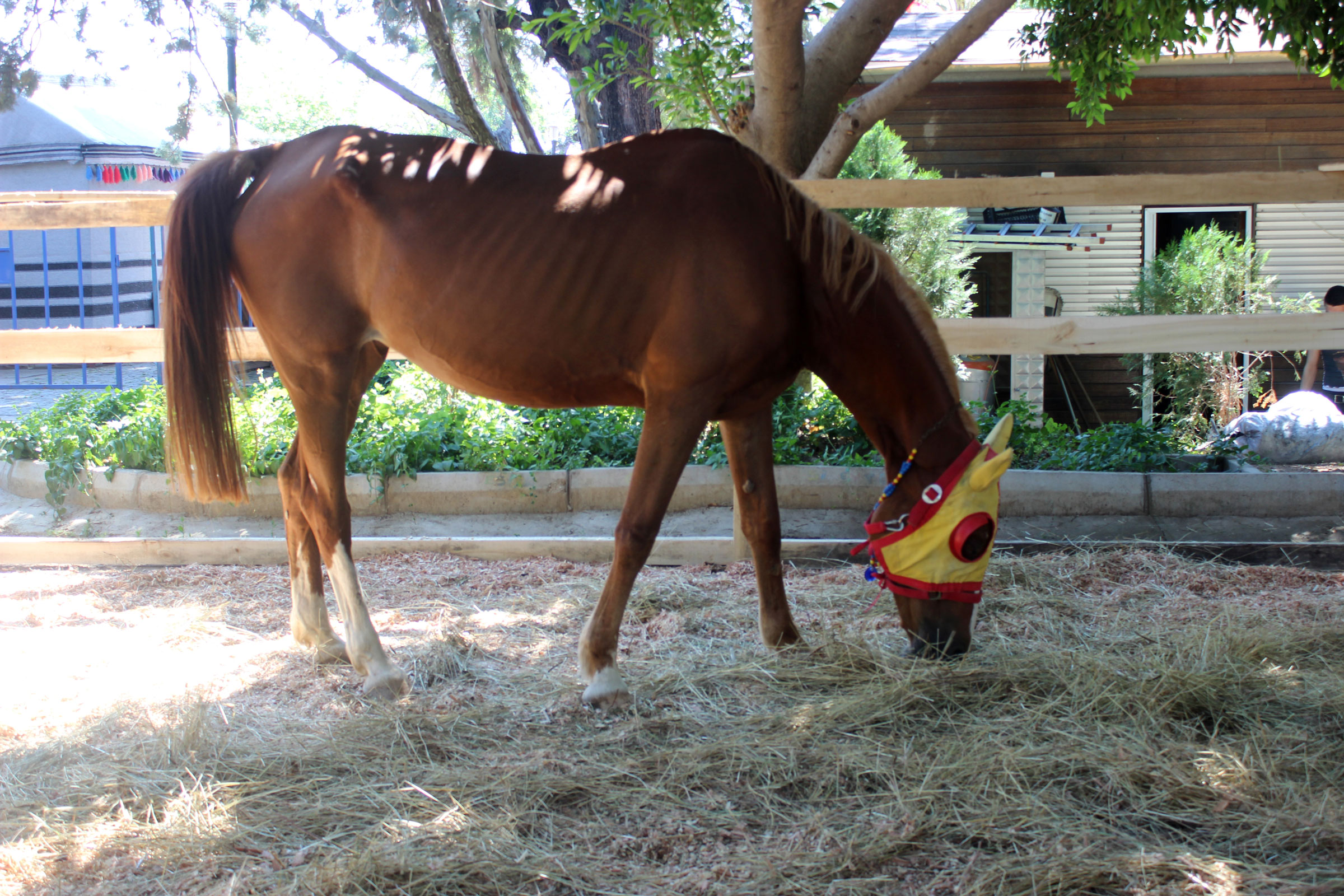
Adaptive changes to exercise are important to developing an accomplished equine athlete. Many equestrian pursuits have horses begin training while they are young and still developing their musculoskeletal systems.
Mitochondria are the key powerhouses of each cell, generating energy vital to body functions and locomotion. Studies in humans and rodents have demonstrated that adaptive exercise training is responsible for improvements in energy production while also minimizing oxidative free radical production.
A study evaluated mitochondrial responses, and in particular the mitochondrial electron transport chain, to submaximal (low to moderate) exercise that is the mainstay of pleasure horses. The exercise effort used is similar to what is asked of a horse in training to be ridden, rather than more exacting demands that prepare a horse for competition [White, S.H., et al. Submaximal exercise training improves mitochondrial efficiency in the gluteus medius but not in the triceps brachii of young equine athletes. Scientific Reports, Oct 2017].
The study looked at the triceps and gluteal muscles of 24 Quarter Horses through a nine-week aerobic training process. It was anticipated that the triceps muscles with their high proportion of type 1 oxidative muscle fibers would respond to the training process. Instead, the study identified that significant improvements in mitochondrial biogenesis occurred mainly in the gluteus muscles.
The role of the gluteus medius is to generate forward impulsion for the hind legs; this thrust stimulates mitochondrial adaptations in the muscle cells. The authors speculate that because the triceps assumes more of a postural role, there might not be sufficient stimulation to induce mitochondrial biogenesis to the level achieved in the gluteus medius muscle.
Moreover, there were noted differences in response to exercise training between mature, adult horses and younger, still-growing horses. As well, they recognized differences in breed responses to training. The researchers concluded that “Growth itself had the greatest impact on mitochondrial function, indicating progressive improvements in mitochondrial capacity for aerobic energy production as the horse grows into maturity.”
Trainers and veterinarians do not normally scrutinize micro-measurements of exercise-induced adaptations of the energetic system, such as this review of mitochondrial improvements. However, it is always interesting to understand the physiology of the effects of training on muscle development. Muscle tissue responds quickly to training with efficiency improvements developed within two to four months.
The rest of the musculoskeletal system takes longer to achieve peak strength; in particular, this applies to tendons, ligaments and bone. Young horses perform best when brought along with a thoughtful and diligent training regime that allows for appropriate development of all musculoskeletal structures and the cardiovascular system.








